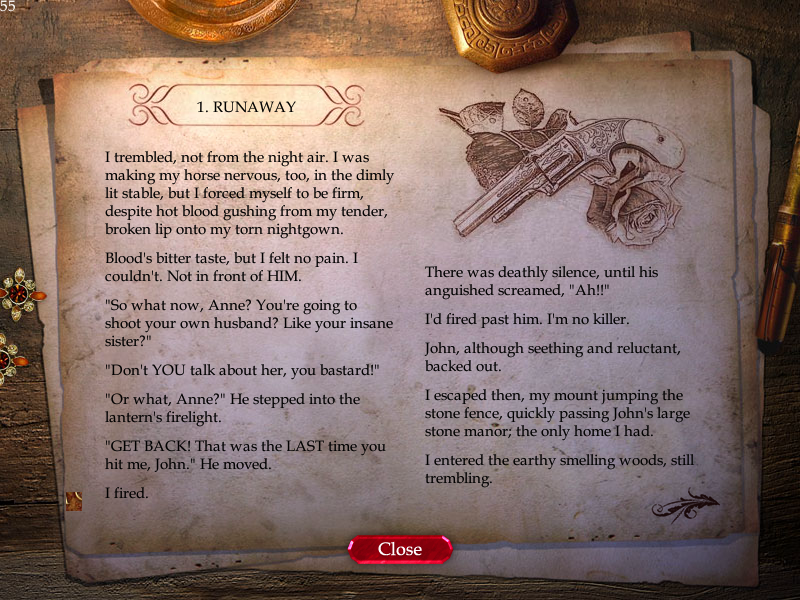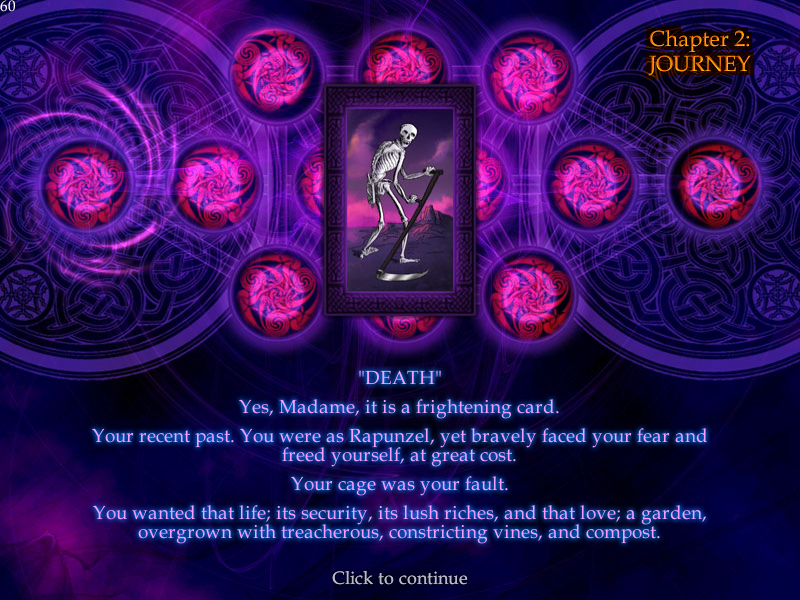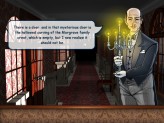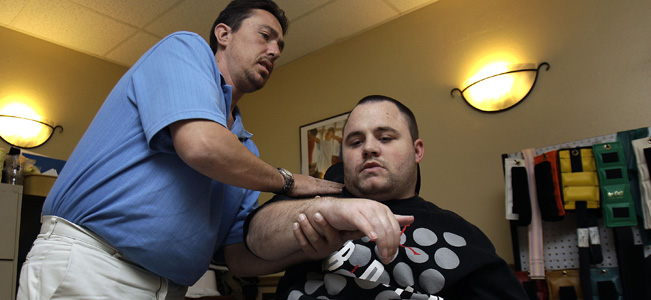For more info
NEW YORK (AP) — Long before Public Enemy urged the need to "Fight the Power" or N.W.A. offered a crude rebuke of the police, Gil-Scott Heron was articulating the rage and the disillusionment of the black masses through song and spoken word.
Scott-Heron, widely considered one of the godfathers of rap with his piercing social and political prose laid against the backdrop of minimalist percussion, flute and other instrumentation, died on Friday at age 62. His was a life full of groundbreaking, revolutionary music and personal turmoil that included a battle with crack cocaine and stints behind bars in his later years.
Musician and singer Michael Franti, who also is known for work that has examined racial and social injustices, perhaps summed up the dichotomy of Scott-Heron in a statement Saturday that described him as "a genius and a junkie."
"The first time I met him in San Francisco in 1991 while working as a doorman at the Kennel Klub, my heart was broken to see a hero of mine barely able to make it to the stage, but when he got there he was clear as crystal while singing and dropping knowledge bombs in his between song banter," said Franti, who described himself as a longtime friend. "His view of the world was so sad and yet so inspiring."
Scott-Heron was known for work that reflected the fury of black America in the post-civil rights era and spoke to the social and political disparities in the country. His songs often had incendiary titles — "Home is Where the Hatred Is" or "Whitey on the Moon" — and through spoken word and song he tapped the frustration of the masses.
He came to prominence in the 1970s as black America was grappling with the violent losses of some of its most promising leaders and what seemed to many to be the broken promises of the civil rights movement.
"It's winter in America, and all of the healers have been killed or been betrayed," lamented Scott-Heron in the song "Winter in America."
Scott-Heron recorded the song that would make him famous, "The Revolution Will Not Be Televised," which critiqued mass media, for the album "125th and Lenox" in Harlem in the 1970s. He followed up that recording with more than a dozen albums, collaborating mostly with musician Brian Jackson.
Though he was never a mainstream artist, he was an influential voice — so much so that his music was considered to be a precursor of rap and he influenced generations of hip-hop artists that would follow. When asked, however, he typically downplayed his integral role in the foundation of the genre.
"If there was any individual initiative that I was responsible for it might have been that there was music in certain poems of mine, with complete progression and repeating 'hooks,' which made them more like songs than just recitations with percussion," he wrote in the introduction to his 1990 collection of poems, "Now and Then."
In later years, he would become known more for his battle with drugs such as crack cocaine than his music. His addiction led to stints in jail and a general decline: In a 2008 interview with New York magazine, he said he had been living with HIV for years, but he still continued to perform and put out music; his last album, which came out this year, was a collaboration with artist Jamie xx, "We're Still Here," a reworking of Scott-Heron's acclaimed "I'm New Here," which was released in 2010.
He also was still smoking crack, as detailed in a New Yorker article last year.
"Ten to fifteen minutes of this, I don't have pain," he said. "I could have had an operation a few years ago, but there was an 8 percent chance of paralysis. I tried the painkillers, but after a couple of weeks I felt like a piece of furniture. It makes you feel like you don't want to do anything. This I can quit anytime I'm ready."
He referred to his signature mix of percussion, politics and performed poetry as bluesology or Third World music. But then he said it was simply "black music or black American music."
"Because black Americans are now a tremendously diverse essence of all the places we've come from and the music and rhythms we brought with us," he wrote.
Even those who may have never heard of Scott-Heron's name nevertheless knew his music. His influence on generations of rappers has been demonstrated through sampling of his recordings by artists, from Common to Mos Def to Tupac Shakur. Kanye West closes out the last track of his latest album with a long excerpt of Scott-Heron's "Comment No. 1."
Throughout his musical career, he took on political issues of his time, including apartheid in South Africa and nuclear arms. He had been shaped by the politics of the 1960s and black literature, especially the Harlem Renaissance.
Scott-Heron was born in Chicago on April 1, 1949. He was raised in Jackson, Tenn., and in New York before attending college at Lincoln University in Pennsylvania. Before turning to music, he was a novelist, at age 19, with the publication of "The Vulture," a murder mystery.
He also was the author of "The Nigger Factory," a social satire.
His final works continued his biting social commentary. "I'm New Here" included songs with titles such as "Me and the Devil" and "New York Is Killing Me."
In a 2010 interview with Fader magazine, Scott-Heron admitted he "could have been a better person. That's why you keep working on it."
"If we meet somebody who has never made a mistake, let's help them start a religion. Until then, we're just going to meet other humans and help to make each other better."
___
Online:
http://www.gilscottheron.net
___
Associated Press writer Cristian Salazar contributed to this report.
___
Nekesa Mumbi Moody can be reached at http://www.twitter.com/nekesamumbi

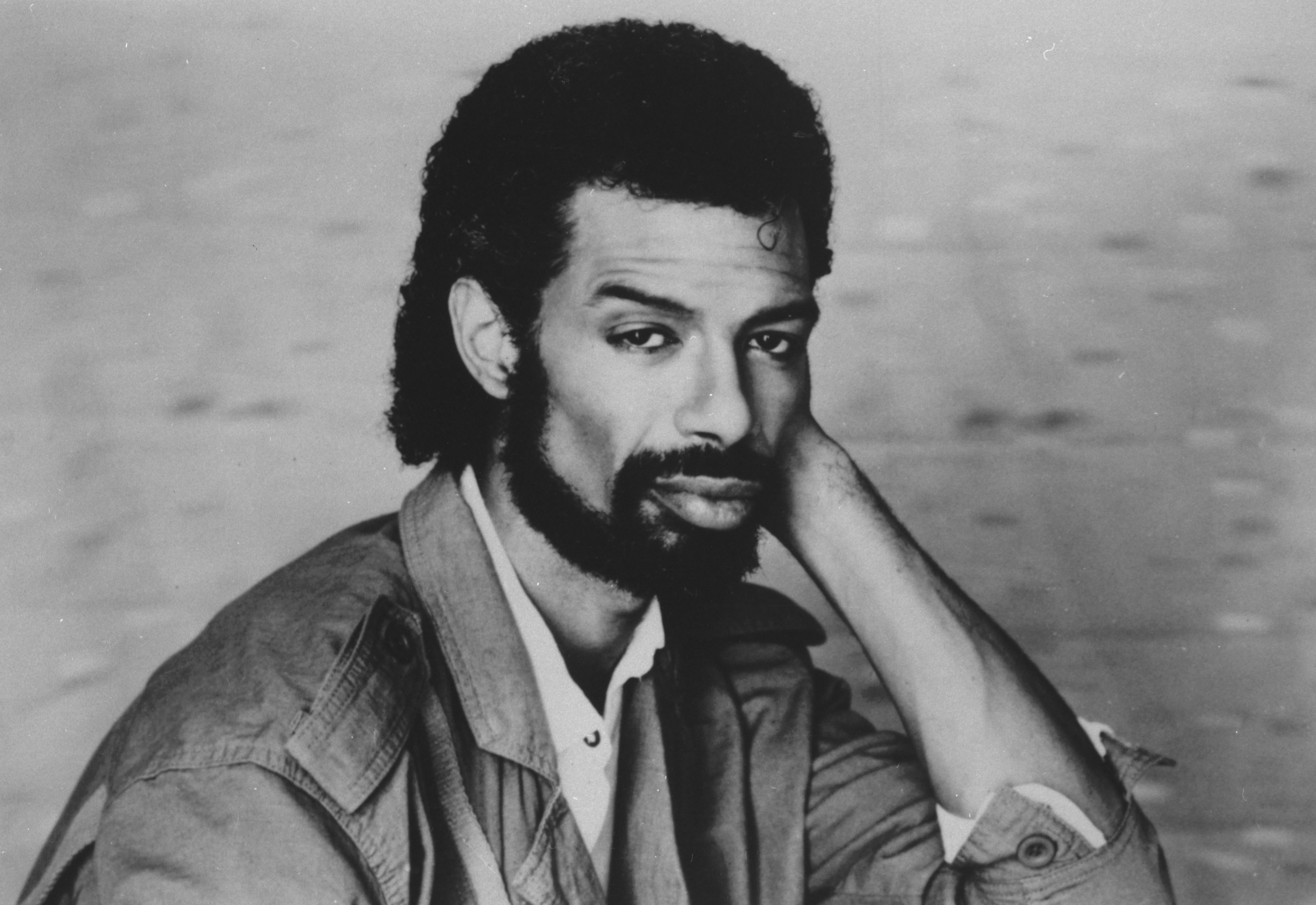




 "Steve's Monkey's Paw & MORE"
"Steve's Monkey's Paw & MORE"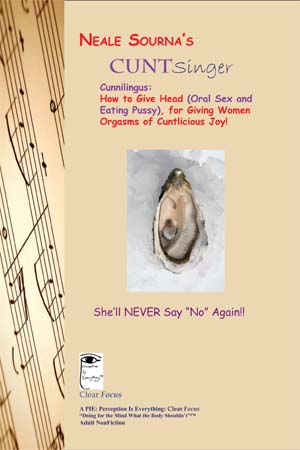
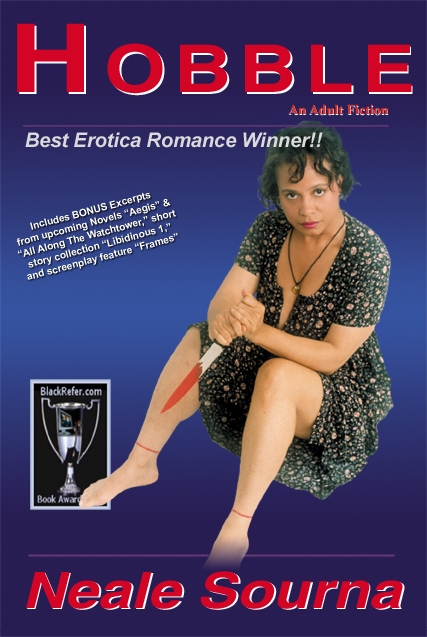
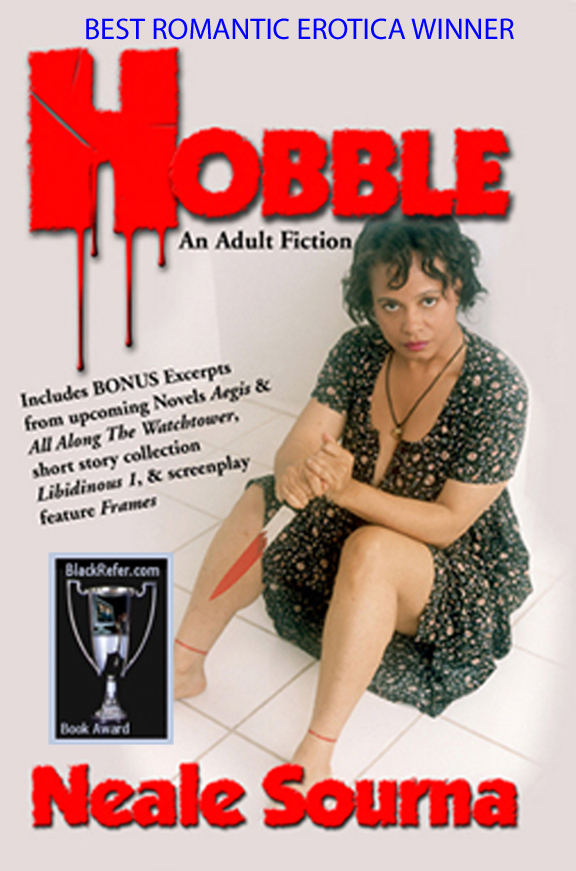 eBook
eBook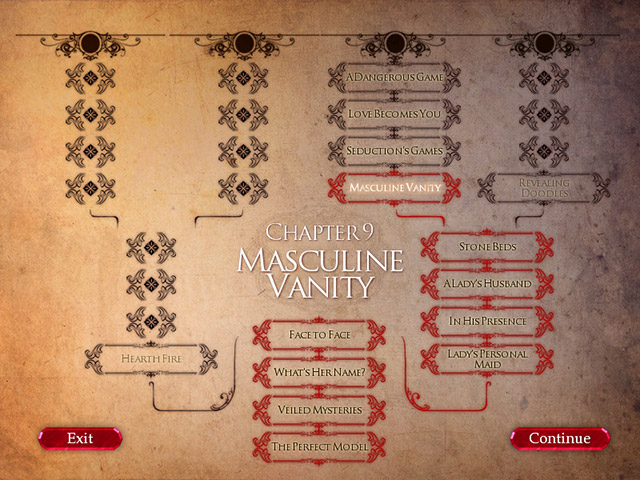 Book Two (branched novel story game)
Book Two (branched novel story game)  Novel Book One
Novel Book One 